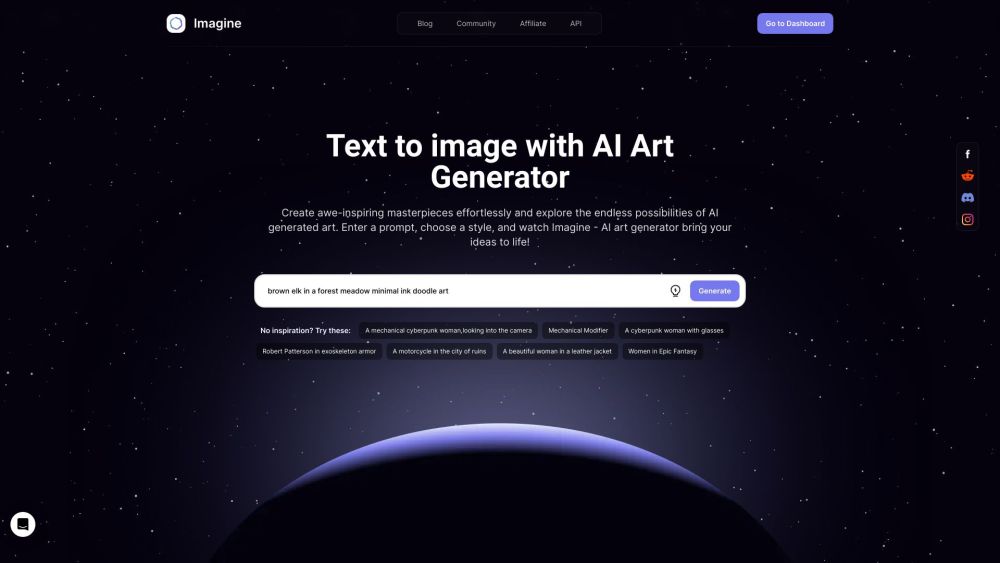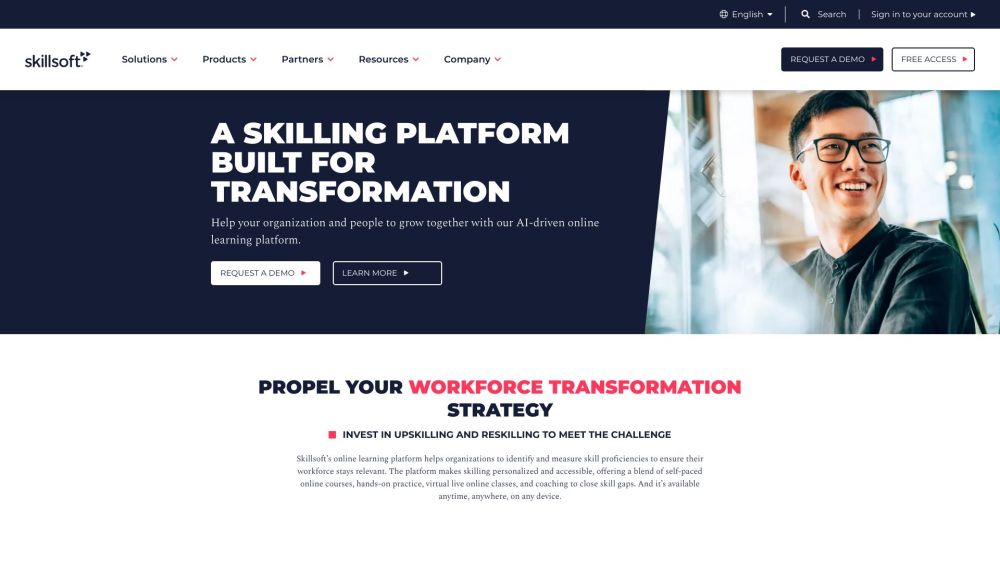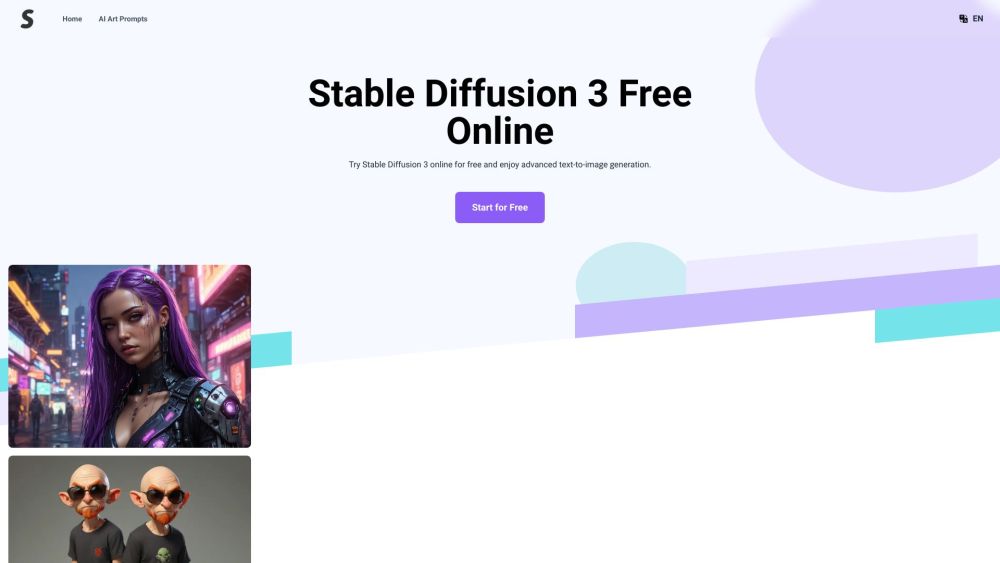Tim Russell, the Chief Technologist for the Modern Workspace at CDW in the U.K., recently shared valuable insights into customer concerns regarding generative AI during a podcast. With a vast portfolio of over 100,000 products and services, CDW serves approximately 250,000 customers worldwide. Here are the key takeaways from Tim's discussion.
### Understanding Customer Concerns Around Generative AI
Generative AI is undeniably a trending topic, capturing the attention of businesses eager to leverage its capabilities. However, customer discussions often revolve around three primary themes:
1. **Data Security**: Concerns about data security are paramount. Customers frequently ask questions such as, "Where is my data stored?" "Who has access?" and "How can I safeguard against unauthorized use or disclosure?" Ensuring that data remains secure while utilizing generative AI remains a critical consideration for organizations.
2. **Fear of Missing Out (FOMO)**: With generative AI in the spotlight, there's a prevailing anxiety about falling behind competitors. Many customers inquire if they are late to adopt this technology. It's essential to note that while generative AI is a hot topic, not every organization is prepared to implement it effectively. Rushing into adoption without the right foundational work can lead to unfavorable outcomes.
3. **Confusion Surrounding Implementation**: The emergence of tools like ChatGPT has raised awareness, yet businesses often struggle to grasp the necessity of generative AI in their operations. Common queries include the timing of implementation, the appropriate technology to choose, and how to gauge the effectiveness of these solutions. As development in this area continues, these conversations will likely persist.
Additionally, organizations need to consider how to evaluate the effectiveness of AI initiatives. This involves defining clear metrics for success and understanding how to foster wider adoption of technologies like Robotic Process Automation (RPA) without creating challenges related to shadow IT.
### Navigating the Journey of AI Implementation
Reflecting on lessons learned from CDW’s own journey with AI, Tim emphasizes the importance of purpose-driven technology adoption. Simply embracing technology for technology's sake can lead to misguided decisions. Companies must articulate what they hope to achieve with AI before delving into implementation strategies.
### The Legacy System Challenge
Legacy systems are an inevitable part of many organizations' infrastructures. Tim explains that completely eliminating these systems is unrealistic; they have evolved out of necessity and reliability. The key is to approach the journey to AI with a mindset of integration rather than replacement. By understanding the value and functionality of legacy systems, businesses can enhance their AI strategies while mitigating risks.
### Innovations in Smart Devices
Samsung's recent announcement about integrating generative AI into smartphones signals exciting possibilities for the industry. Features like real-time translation and personalized assistance can transform user experiences. Tim shares his experience using an Android device equipped with real-time translation capabilities, highlighting its practical benefits in everyday interactions while traveling.
### The Future of AI in Personal Computing
As we look to the future, changes in the PC market, especially laptops, are on the horizon. With companies like Intel, AMD, and Qualcomm building generative AI capabilities into their chips, we can expect more sophisticated and responsive user experiences. Microsoft's integration of AI in Windows 11, through tools like Copilot, exemplifies the trend toward AI-enhanced operating systems that streamline productivity across applications.
### The Emergence of New Form Factors
The convergence of AI with innovative devices, such as wearable technology from startups like Humane, is poised to redefine user interactions. As the next generation adapts to using devices that may not require physical screens, the potential for seamless, omnipresent technology becomes a reality.
### Trends to Watch
In the coming years, we can expect to see a focus on the adoption of AI technologies, an emphasis on security, and the personalization of neural processing units (NPUs). Imagine a world where your NPU is linked to your identity, adapting to your preferences and enhancing your interactions across various devices. This level of personalization could revolutionize how we connect with technology and organizations, paving the way for a future where AI intimately understands and anticipates the needs of users.
These evolving trends in generative AI and smart technologies indicate a transformative journey ahead, promising both challenges and innovative opportunities for businesses and individual users alike.




